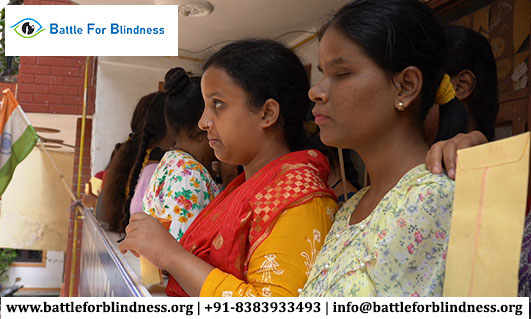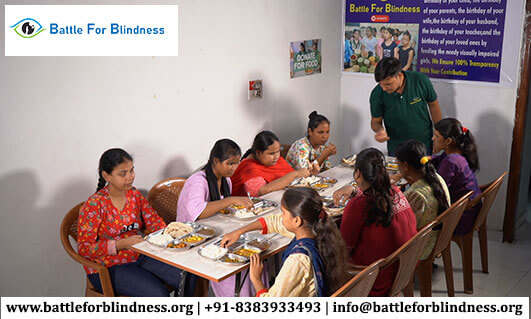
Food preparation is an essential life skill that fosters independence and well-being, yet visually impaired individuals often face significant challenges in the kitchen. Thankfully, advancements in technology have paved the way for innovative solutions that enhance food preparation experiences for the visually impaired. This blog explores how technology can empower individuals with visual impairments, making cooking safer, more efficient, and enjoyable.
1. Smart Kitchen Appliances
Smart kitchen appliances are revolutionizing the way visually impaired individuals cook. Devices such as smart ovens and microwaves can be controlled through voice commands, allowing users to set cooking times, temperatures, and even access recipes hands-free. For instance, smart ovens equipped with touchscreens can provide audio feedback, guiding users through the cooking process step by step. These features not only enhance accessibility but also improve safety by reducing the need for physical interaction with potentially dangerous appliances.
2. Voice-Activated Assistants
Voice-activated assistants like Amazon Alexa, Google Assistant, and Apple Siri have become invaluable tools in the kitchen. These assistants can help visually impaired individuals with various tasks, such as setting timers, converting measurements, and finding recipes. Users can simply ask their assistant to provide cooking instructions or to read out the ingredients from a recipe, making the cooking process more seamless. By integrating voice technology, individuals can maintain their focus on the cooking process without worrying about reading labels or instructions.
3. Mobile Applications
Numerous mobile applications are designed specifically to assist visually impaired individuals in the kitchen. For example, apps like Be My Eyes and Seeing AI enable users to get real-time assistance from sighted volunteers or utilize AI technology to identify ingredients, read labels, and describe cooking processes. Additionally, recipe apps tailored for the visually impaired often feature audio instructions and simplified navigation, allowing users to follow recipes with ease.
4. Adaptive Cooking Tools
Adaptive cooking tools can significantly enhance the cooking experience for visually impaired individuals. These tools include tactile measuring cups, cutting boards with raised edges, and color-coded utensils that help users navigate the cooking process safely. For example, a talking kitchen scale can announce the weight of ingredients, ensuring accurate measurements without the need for visual confirmation. Such tools promote independence and confidence in the kitchen.
5. Cooking Classes and Online Resources
Online cooking classes and resources tailored for visually impaired individuals can also play a crucial role in enhancing food preparation skills. Websites and platforms offering instructional videos and step-by-step guides help individuals learn new recipes and techniques at their own pace. Many of these resources incorporate audio descriptions and tactile demonstrations, making them accessible to a broader audience.
6. Community and Support Networks
Technology has also facilitated the creation of community and support networks for visually impaired individuals interested in cooking. Social media groups and online forums allow individuals to share recipes, tips, and experiences, fostering a sense of community and collaboration. Through these platforms, users can connect with others who face similar challenges, exchange ideas, and celebrate their culinary achievements.
7. Future Innovations
As technology continues to evolve, the future holds exciting possibilities for enhancing food preparation for the visually impaired. Innovations such as smart home integration, augmented reality, and advanced robotics may further improve accessibility and safety in the kitchen. For instance, robots could assist with tasks like chopping and stirring, while augmented reality could provide real-time guidance and navigation within the kitchen environment.
Conclusion
The role of technology in enhancing food preparation for visually impaired individuals cannot be overstated. By integrating smart appliances, voice-activated assistants, mobile apps, adaptive tools, and online resources, we can empower visually impaired individuals to become more independent and confident in the kitchen. As technology continues to advance, it will play an increasingly vital role in breaking down barriers and fostering inclusivity, ensuring that everyone can enjoy the joys of cooking and food preparation.





